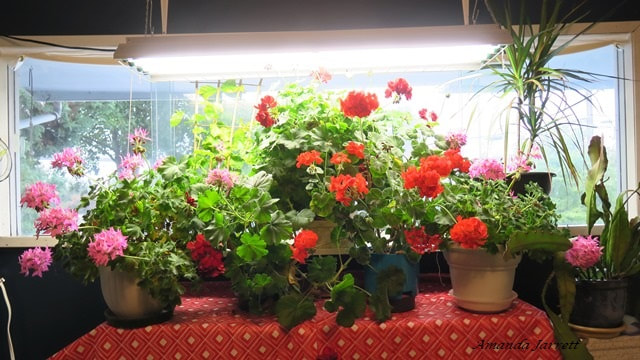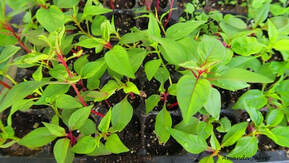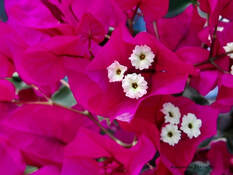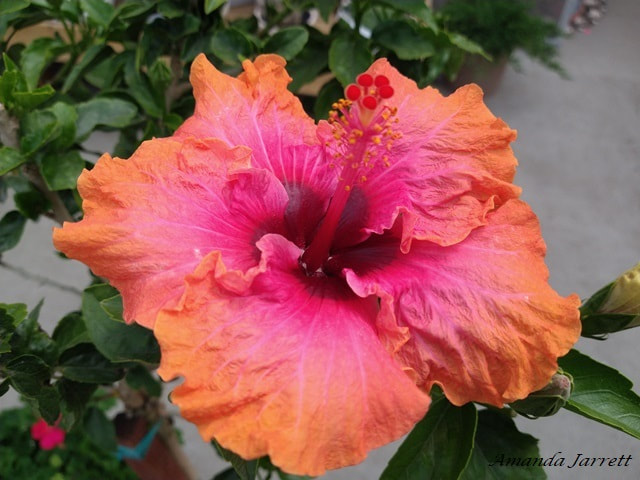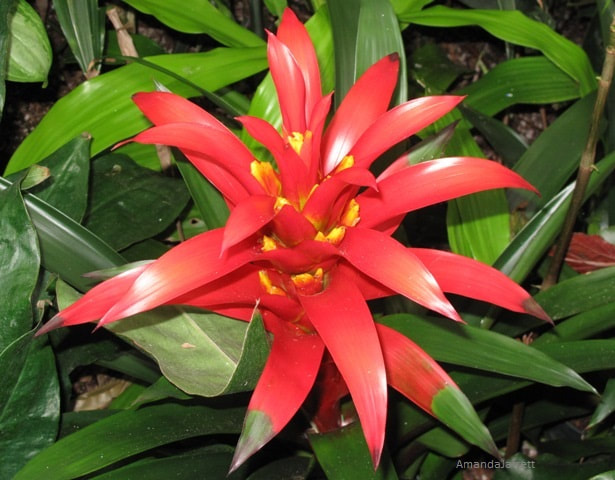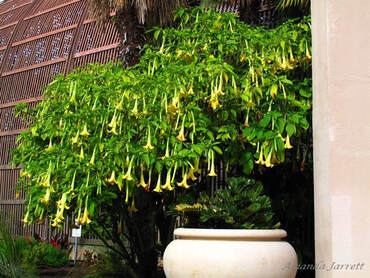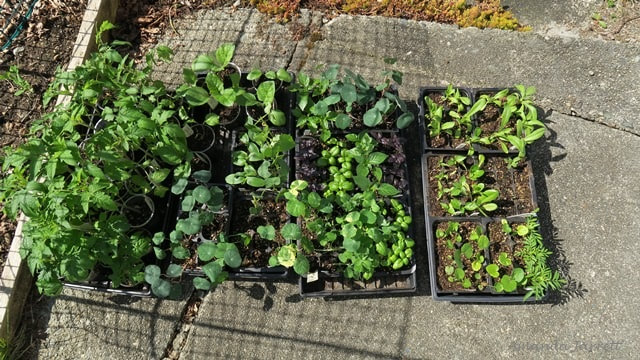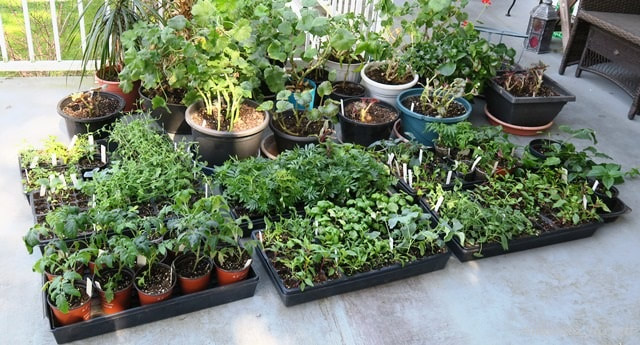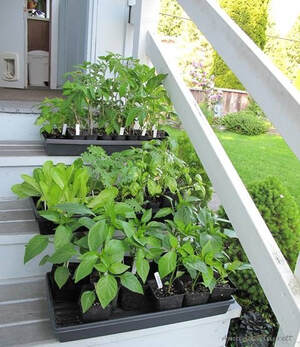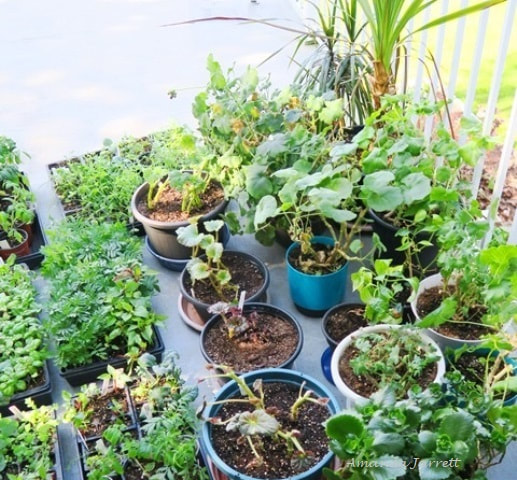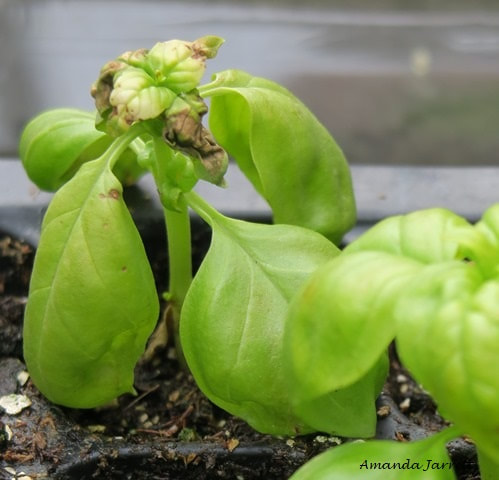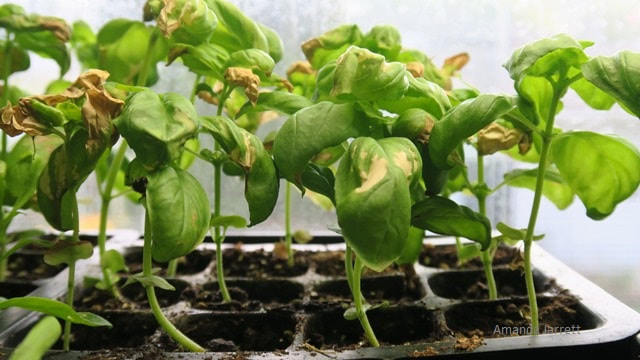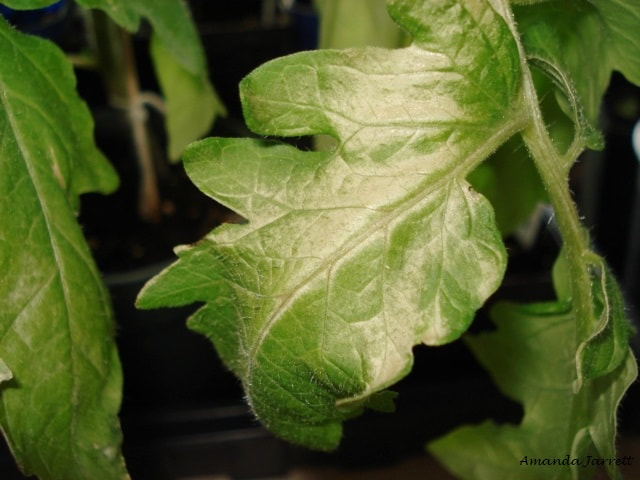Prepare plants for the Outside
You can’t put plants outside without preparing them first. This includes all your seedlings you’ve grown indoors and any houseplants and tropical plants that are looking forward to vacationing outside on your deck or patio.
They’ve been living in the comfort of your home or greenhouse where the temperatures don’t fluctuate like they do outdoors. There’s no scorching sunshine, no drying winds, no chilly gusts, no raging storms nor pelting rain. They must be toughened up so they can face the world.
It takes a week or two to gradually acclimatize them to the elements – one hour at a time, one day at a time. Before placing them outdoors, give them a drink and don’t put plants outside if they are thirsty and wilted.
|
Check on them often during the time they spend outside to make sure they are not suffering and have adequate water. They will let you know they are unhappy by wilting, becoming distorted and discoloured. Injured, wilting and suffering plants must be brought inside asap. Place them away from direct sunlight, and water if they are thirsty and apologize. It goes a long way to heal the hurt.
|
The Hardening Off Process: Set plants outside for an hour in a shaded and protected spot. Each day thereafter, increase their time outside by an hour or two. Give them more and more direct sunshine and exposure to the wind until they are outside for 24 hours.
Keep any injured plants inside for a day or two, then place them outside again once they regain their composure but place them in a more sheltered location – and don’t forget to check on them often. When plants are able to stay out all night and day without any issue, then they have hardened off sufficiently and can be planted outside.
|
|
|
|
